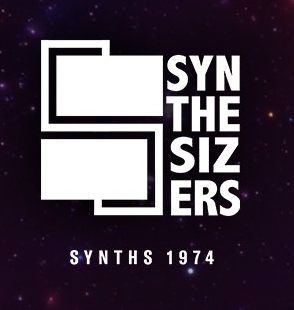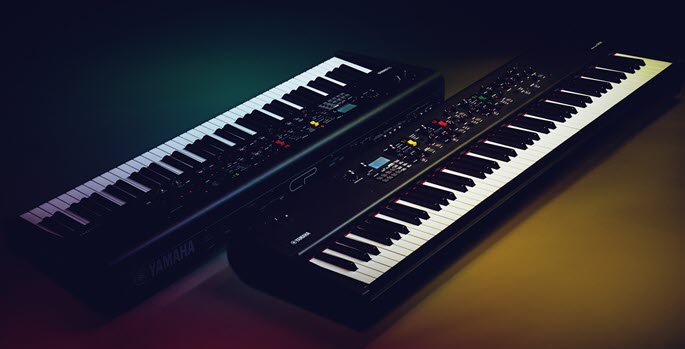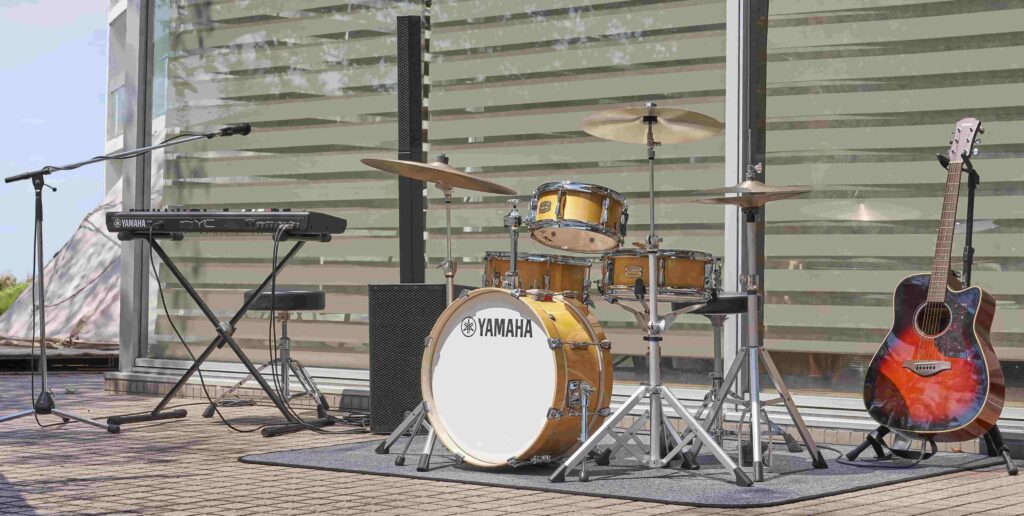Step Up to a Better Keyboard, Part 2: Advanced Features
“Good enough” isn’t always good enough.
In Part 1 of this two-part series, we talked about the difference in feel and sonic quality between entry-level “starter” instruments and more advanced models. In this installment, we’ll talk about other features that you should consider when deciding whether to step up to a better keyboard.
While many higher-end digital keyboards offer enhanced versions of the basic features found in entry-level keyboards, they often provide additional technologies designed to foster creativity and make it easier and more fun to learn and practice. Some of these may be more important to you than others, but here’s a quick summary of the kind of features you can expect to find:
– More notes. We’re not talking about more keys (although it’s true that most “step-up” digital keyboards offer more than the 61 found on entry-level ones — sometimes even the full 88 keys found on acoustic pianos), but how many notes the instrument can produce at a time — something called polyphony. You may think that with ten fingers you don’t need much, but the wash you get when you hold down the sustain (left) pedal on an acoustic piano and play arpeggios or clusters of notes is an essential part of the sound of the instrument. This technique can, however, quickly use up a lot of notes, so higher polyphony will always sound better in those situations. The Yamaha P-45 portable digital piano, for example, offers 64 notes of polyphony, while the next-level P-125A provides 192, and the top-of-the-line P-515 provides 256 notes.

– The ability to record your performances. Even some entry-level digital keyboards offer this feature (it’s great for evaluating your progress!), but typically limit the length of time or number of notes, and only enable recording to internal memory. More advanced instruments will allow you to record to USB thumb drives so you can export your audio recording to your computer or smart device for sharing with friends and further tweaking with the use of DAW (Digital Audio Workstation) apps.
– An auxiliary input so you can plug in your smart device or music player, allowing you to play along with your favorite artists and recordings.
– The ability to layer sounds and split the keyboard so you can combine, say, the sound of piano with strings or play one instrument (for example, bass) in your left hand and another with your right hand. If you’re taking lessons, you should look for a model (such as the Yamaha P-45) that offers a Duo mode, which splits the keyboard into two identical ranges so a student and teacher can sit side-by-side and play together.
– Onboard drum rhythms as well as a metronome. These allow you to jam along with something more interesting than a click sound, thus encouraging practice by making it a whole lot more fun.
– Accompaniments. These give you the sound of an entire back-up band, easily triggered by playing a single note in your left hand. Jamming along with a band is very satisfying and a big part of what makes keyboard playing so much fun, but it’s not always easy to get a bunch of musicians together in a room. This digital version is a lot more manageable, and higher-end keyboards offer a greater range of accompaniments, better-sounding virtual musicians, and more sophisticated ways of controlling the accompaniment. Some even offer advanced technologies that allow the virtual backing band to follow your performance instead of vice versa!

Higher-end digital keyboards like the Yamaha DGX-660 Portable Grand and most Clavinova, ARIUS and AvantGrand models provide most or all of the above, along with additional advanced features such as a “Piano Room” virtual space where you can choose from a variety of pianos and acoustic settings; a microphone input so you can sing along with your performance; wireless streaming from your smart devices; and compatibility with a wide range of apps such as Yamaha Chord Tracker, which analyzes the songs stored in your iOS® 15.2 or higher or Android™ smart device and displays the chord symbols for you, making it easy to learn your favorite tunes.
With these aspects in mind, you may discover that “good enough” simply isn’t good enough when it comes to buying your first (or second) keyboard. Happy shopping!















